Much has happened since that Pong opened the unique Pandora’s box of the world of video games. This industry has been more important than that of cinema or music in terms of income for years, and the console segment has been a crucial part of this evolution since its inception, which has not only been noticed in the consoles themselves or their video games, but also on something we don’t pay much attention to: its controls.
And precisely in those controls there are also many stories to tell and many secrets to reveal. The evolution of game console controllers is a reflection of how much the industry, platforms, and even us and our world have changed. Attentive, because a special trip to the past begins.
Pong and the era of dials (1972)
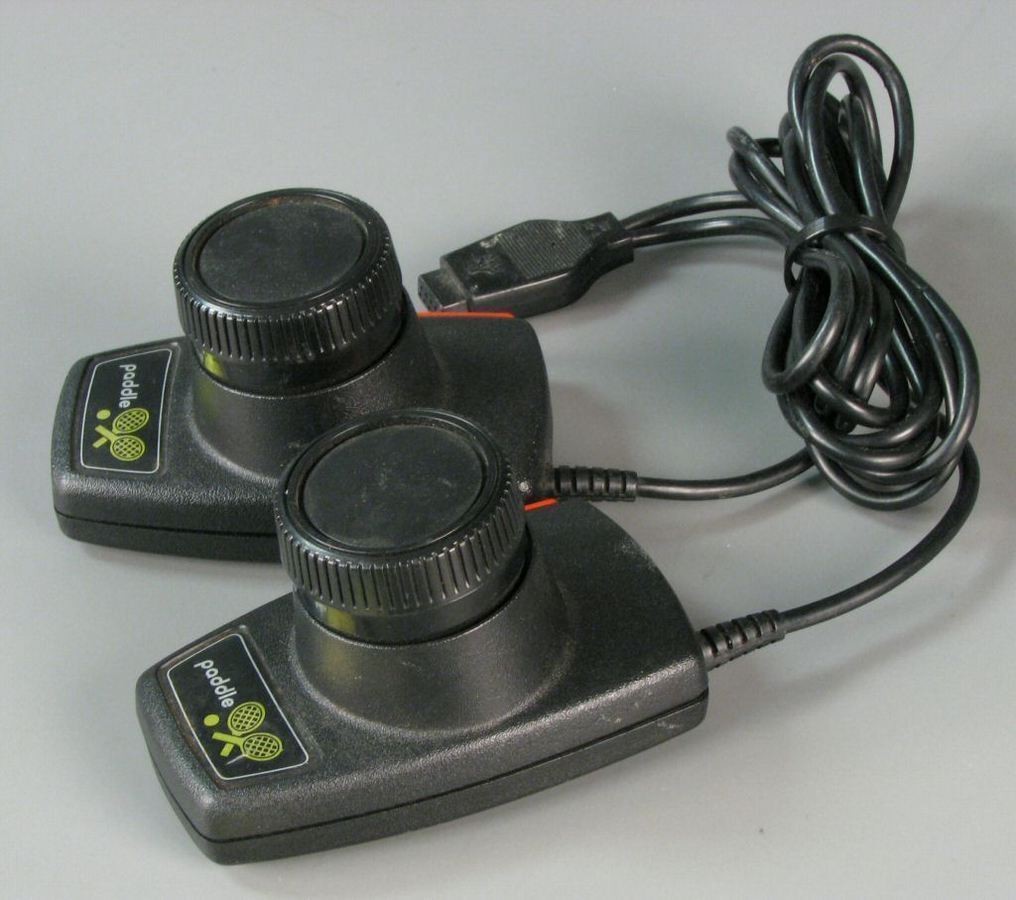
The appearance of Pong made this milestone in the world of video games not only innovate in this segment, but also need some way to control it. Its creators took advantage of the so-called paddles.
These controls were characterized by the presence of dials that allowed to control the movement of the object that the player was handling, but to do so only in one of the axes of the screen.
The concept would end up being used not only in these simple games, but in machines like the Atari 2600 or the Atari 800, which made it possible to connect up to 8 of these peripherals in games like the Super Breakout.
That type of video game console controllers would also be the protagonist of curious iterations, such as the one Colecovision presented with its console in 1982 or that of the Atari 5200, and that in addition to the dial offered a numeric keypad that made them look like strange phones.
Atari 2600 game console Controllers (1977)

The Atari 2600 game console controllers inspired millions of joysticks that would appear thereafter, and as with any original concept, the result was simple but functional. It featured a single action button and four input directions (eight if the game allowed two directions at the same time, resulting in diagonals).
Like many game console controllers of the time, it was a digital control, not an analog one , and its design made it possible for console players to operate it while resting on the table (the suction cups had not yet been applied to this type of peripheral) or to take it with a hand while moving the stick with the other.
This controller was the first to make use of Atari’s joystick port, which eventually became the de facto industry standard that would be used unanimously for more than a decade. This meant that these game console controllers could end up being used in computers and consoles that appeared years later such as the C64, the Atari ST, the Amiga, the Nintendo Master System or the Sega Megadrive.
Vectrex and the semi-professional controls (1982)

The first console to make use of a screen in which vectors (something that stood out in games with “3D graphics”) was the Vectrex, which not only innovated in that section, but also in the presentation of a control that resembles what many would take as a reference for the future of professional video game console controllers.
To begin with, it was an analog control that in addition to the lever or stick had four buttons that, yes, were arranged in a horizontal way that could not favor ergonomics. This command, yes, was always used resting on a surface.
Maquinitas: the era of the D-Pad begins (1983)

Nintendo Game & Watches transformed the industry forever and made it clear that the portable console segment had enormous potential. Those little machines made a type of control very popular that would stay with us forever: the D-Pad (Directional Pad).
That control format allowed to integrate the controls next to the screen, something that proved to be the perfect solution for the little machines and give us wonders like the Donkey Kong.
Gunpei Yokoi had led Nintendo’s R&D division and needed to relocate the controls for Donkey Kong’s arcade machine, which featured a lever and buttons. His solution was so great that it became the foundation of today’s controls.
NES: an “external” D-Pad (1983)

The 8-bit consoles that once again demonstrated Nintendo’s capacity in this sector have a clear reference: the Nintendo Entertainment System , a legendary development that has once again conquered us this year in its Mini version and that also had a very special.
The design of these game console controllers was simple and functional, but the result marked an entire generation. In that design we had the D-Pad that had been seen in little machines, to which were added two buttons “A” and “B” and the buttons “Start” and “Select” that by the way continue to be used 30 years later on consoles modern.
A couple of curiosities: the NES included two game console controllers, the second of which did not have those “Start” and “Select” buttons. In its place there was a microphone that was rarely used and that had a curious function : when you blew into the microphone you executed the action of “inserting a coin” in some games, while in others it served to kill the final enemy or even to activate a primitive one. karaoke game espeice.
The second of these curiosities consists of the design of the buttons “A” and “B”, which started out as square , but ended up changing to a circular design because when pressing the square buttons they could get “stuck” in the holes, which it made the gaming experience worse.
The SNES arrives: four buttons and triggers that marked an era (1990)

Everything would change in the 90s in which things were complicated to make more complex games and with more control options. For that more buttons were needed, and the solution was put on the table (once again) by Nintendo, which revolutionized the market with the SNES.
In this console appeared a much more refined control than that of the NES and in which we found two rows of buttons that would end up becoming the market norm with the four that are now used in most consoles. In addition, two triggers and a more rounded and ergonomic design were introduced that has made it a classic in this segment.
Sega: are three buttons better than four? And six? (1988/1993)

The Sega Master System adopted game console controllers similar (although considerably rougher ) to the NES, and its successor, the Sega Genesis (known here as Megadrive) wanted to curl the loop and compete with the SNES in that section as well. The design did not use four buttons, but three.
That caused certain curious situations, such as the fact that games like ‘Street Fighter II’ did not allow pausing with that button because the Start button was the one used to switch between punches and kicks.
Sega, by the way, would end up launching a wireless version of that remote, the Sega Remote Arcade System that avoided having to go to the cable connection.
To try to solve this problem and offer more options to players and developers, Sega decided that it was no longer enough to have three buttons on the right side of the controller, and in 1993 they launched a more compact and manageable version with six buttons in two rows of three that for some became the best video game console controllers ever created (at least, for the Genesis). That prodigy would end up being inherited by the 1994 Sega Saturn.
Virtual Boy: Two D-pads, Better Than One (1995)

Although the Virtual Boy ended up being an absolute failure of sales and criticism, there were clear innovations in that console that wanted to bring users closer to that primitive version of virtual reality experiences. One of them was his command, created once again by the prodigious Gunpei Yokoi.
These game console controllers was especially striking for one circumstance: it consisted of a mirrored configuration, with two D-pads and two pairs of “A” and “B” keypads that made it possible for the player to control these games in a more complex way. That option would be the predecessor of the two analog controls that today are a classic on console controls. That was not the only novelty of this command, because there was another perhaps more relevant.
These are the “handles” of this control, which were too exaggerated and made it resemble the “inverted joysticks” used in many airplanes. Those handles were bulky , but they would become the reference – thank you once again, Mr. Yokoi – for the modern controls of today’s consoles in which ergonomics are much more polished and in which adaptation to the shape of our hands is optimal.
Nintendo 64: analog meets digital (1996)
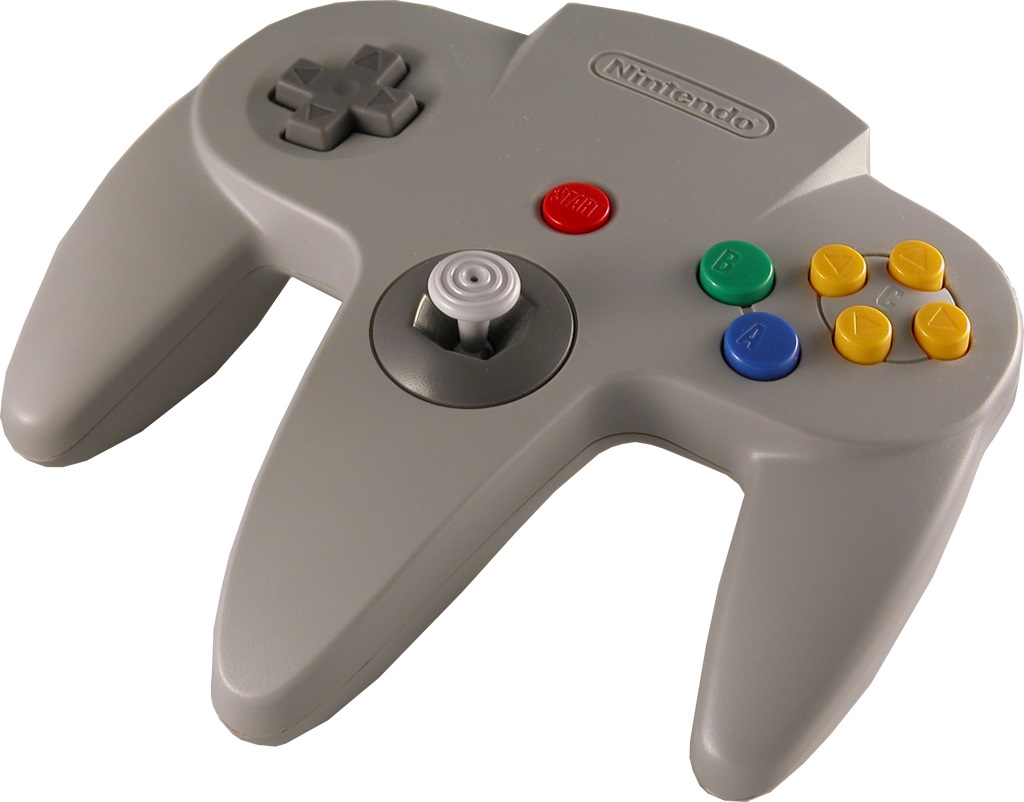
It was not a console as such, but a game, which marked a new revolution in this segment. This is ‘Super Mario 64’ , the first platform game that used a camera vision that made all the previous controls not used to control it.
Nintendo had to reinvent itself (and there are already a few) and created a command that for the first time made use of an analog stick so that Mario could move 360 degrees, in addition to controlling the speed of the character by pressing the lever more or less hard of that stick.
That control format was a general change not only for the console, but for a whole genre of video games that suddenly took on (and pun intended) another dimension. Those changes would be reflected in other genres and other later designs: analog would never abandon us at the console controls.
Revolutionary additions such as memory cards or the Rumble Pak , a small device that provided haptic feedback, would also come to that command. There is nothing.
By the way, Sega would get things out of hand with a control controller that was trying to compete in that segment of the games in that new 3D world that was beginning to invade everything. The result was the Sega Saturn’s 3D Controller, a monstrosity that didn’t exactly help the success of this option on that console.
The PlayStation inaugurates a new era with its DualShock Controller (1997)

It seemed that everything was invented when Sony turned the tables and started its particular revolution in a segment in which it seemed that Nintendo had everything under control. The PlayStation arrived, a prodigious console that had an additional surprise: its controller, the now legendary DualShock.
Norio Ohga, president of Sony at the time and an amateur pilot, commissioned Teiyu Goto to design a new controller . He gave him a slogan: the joystick is the most important part of any game.
This is how a controller was born that initially did not seem very demanding in terms of functions, but it did in ergonomics: the SNES controller reached its maximum expression in the original controller of that PSX, and it also did so with a unique element: the labels on each button , which became pictograms of different colors instead of letters.
That controller had a flaw: it did not perform very well in 3D games, so Sony ended up developing the Dual Analog game console controllers (which did not last long on the market) and DualShock, which combined the original design with not one, but two analog sticks and that in that latest model welcomed the vibration mechanisms that got you even more in the game. The idea revolutionized the industry forever: Nintendo had come up with a creative rival.
Sega Dreamcast and the controller as a second screen (1998)

Sega was starting to lose points already at that time, but one of its last attempts to stay relevant was the Sega Dreamcast , which stood out especially for game console controllers that wanted to be much more than a controller. The design was not only focused on control, but on the possibility of expanding the options of that controller.
The layout of the analog stick and the D-Pad made it clear that you could only use one at a time, while for the keypad they surrendered to the four buttons (with letters and colors, so as not to copy entirely to the PSX) and kept the two analog triggers from its predecessors.
However, what was different were its two expansion slots , in which it was possible to connect the Jump Pack (or Vibration Pack) and a VMU (Visual Memory Unit), a second screen that integrated a memory card. This second screen showed additional information about the video game in progress (which was therefore not shown on the main screen), but it was even possible to use that screen as a portable game unit.
The concept may sound familiar to you: it is something similar to what Nintendo will do with its Switch next year , although logically it takes advantage of these two decades of technological evolution. That offering was too limited to stand out, but one thing is clear: Sega was also capable of innovation and ahead of its time.
Nintendo DS: Long Live Touchscreens (2004)
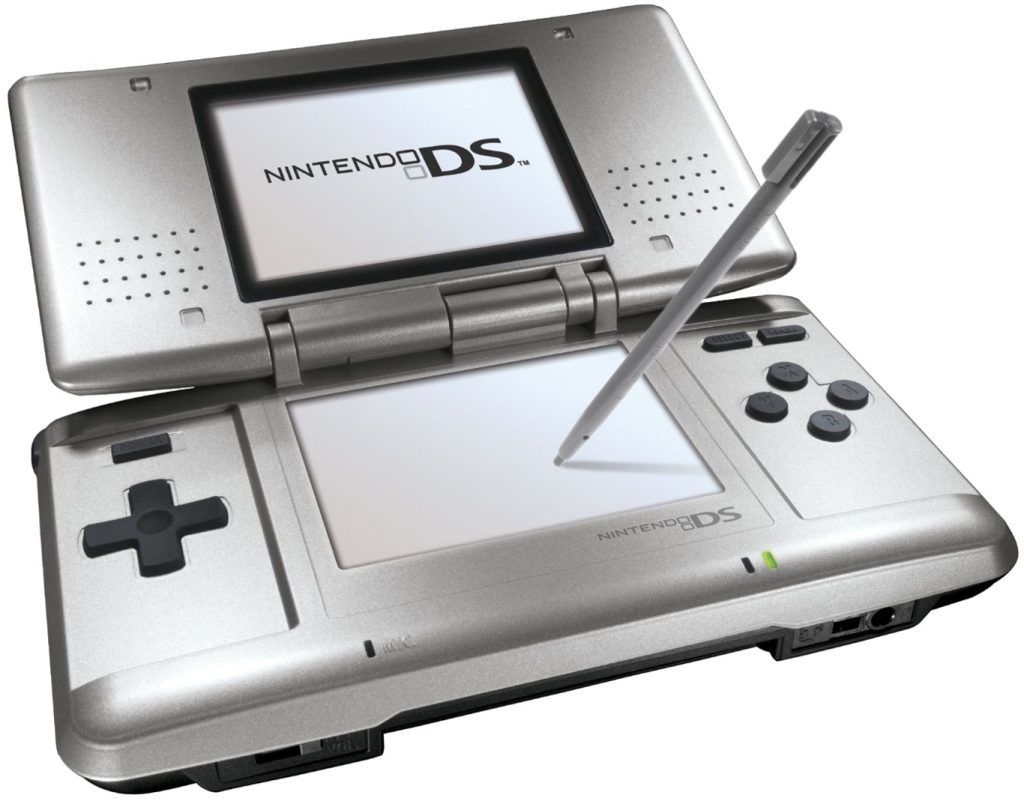
The smartphone had not yet been born as such, but Nintendo had once again pulled a genius from its sleeve with the Nintendo DS, a console that at first glance did not seem very different from that Donkey Kong machine that had appeared 20 years before, but which actually held a unique secret: its screen was touch-able.
That added a new dimension to video games, making the complexity that could increase (or not) depending on the development and that the interaction took advantage of that new capacity when needed. Games like ‘Brain Age’ were born with that development and the use of the pointer as protagonists, and they are still very much alive today.
How did Nintendo play the game? Not all bad: the Nintendo DS sold more than 150 million units worldwide and has become the most successful portable console in history. Who knows: Steve Jobs might have taken a sidelong glance at the console when he released the iPhone three years later.
Wii Remote and the casual gamer revolution (2006)

The world didn’t know that playing could be (so) fun. That’s what the Nintendo Wii revealed to us, a console that was Nintendo’s best definition as an entertainment company: one that didn’t stick to the script and preferred to go its own way . Microsoft and Sony were in another battle, and while the Wii looked and was technically inferior, it had both industry giants shaking for quite some time.
The secret to that success was the Wii Remote, more commonly known as the Wiimote, a different controller focused solely on detecting motion as part of the gaming experience. The Nunchuck was the accessory that attached to that controller to offer “classic” directional controls if we needed them, but many of the Wii games just needed the Wiimote … and you weren’t sitting down.
That changed everything for a lot of people who had never played a video game and who suddenly came across a platform that was so simple and fun that it was impossible not to be drawn to it, at least to play from time to time. Its success was massive, and in fact both the PlayStation and Xbox would blatantly copy that feature with Move and Kinect respectively.
That console tried to become successful again with a unique iteration: the Wii U (2012) brought with it the Wii U GamePad, a controller that was something of a mixture of the Game & Watch and the Nintendo DS in a big way: it had the D-Pad, the four buttons, the two analog sticks and a touch screen that served both to play independently on it and to use it as a second screen.
This console was not as lucky as its predecessor, and its sales (13.36 million units until June 2016 ) have been discreet . Everyone seems to be waiting now to see if the Nintendo Switch can put Nintendo back where it deserves.
Xbox 360: Long Live the Waves, Death to Cables (2006)
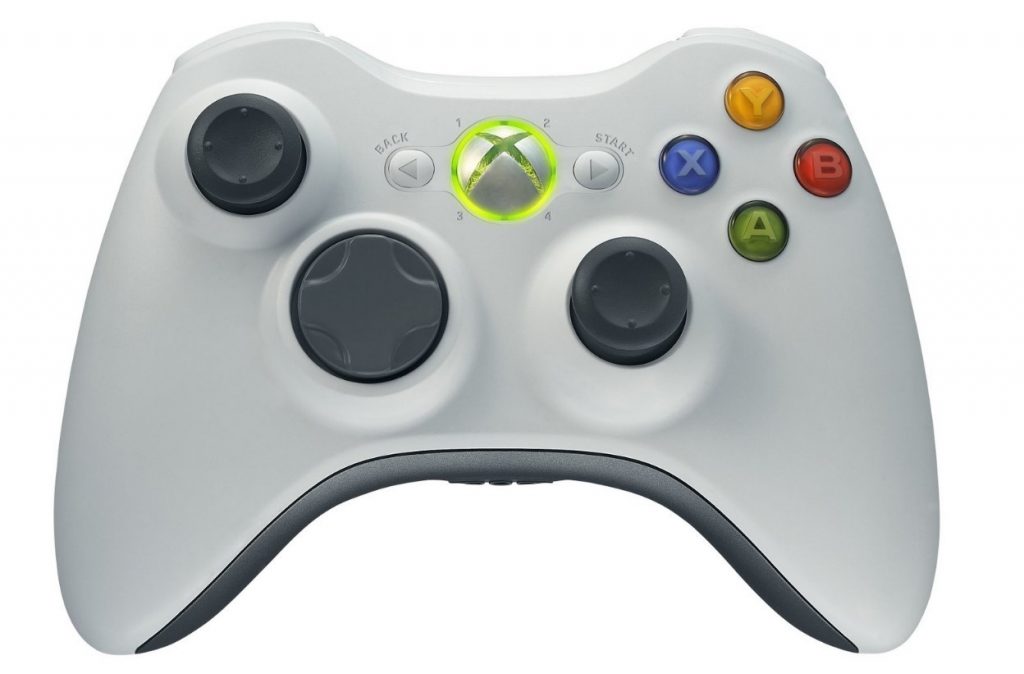
Microsoft hadn’t exactly hit the mark with the original Xbox game console controllers, a big hulk like himself that made things very difficult for gamers with small hands. It was the “S” version (codenamed “Akebono”, “beginning”) that fortunately ended up prevailing, but the truth is that Microsoft still had a lot to learn in terms of controls at that early time.
Things changed with the Xbox 360 : Microsoft had learned its lesson and offered a much “rounder” controller in both size and performance. The configuration of a D-pad and two analog sticks was definitely consolidated, as did its unique upper and lower trigger arrangement.
The essential difference was that an official wireless game console controllers were finally offered by Microsoft (third-party solutions had appeared on the original Xbox), and that option would eventually become the norm afterwards. That game console controllers were so good that it has undergone very little modification even on the Xbox One and Xbox One S, whose controls are very similar. Of course: the Xbox One Elite tried to conquer the most demanding players, but its high price has made its acceptance limited.
Sony returns with the six axes (2007)
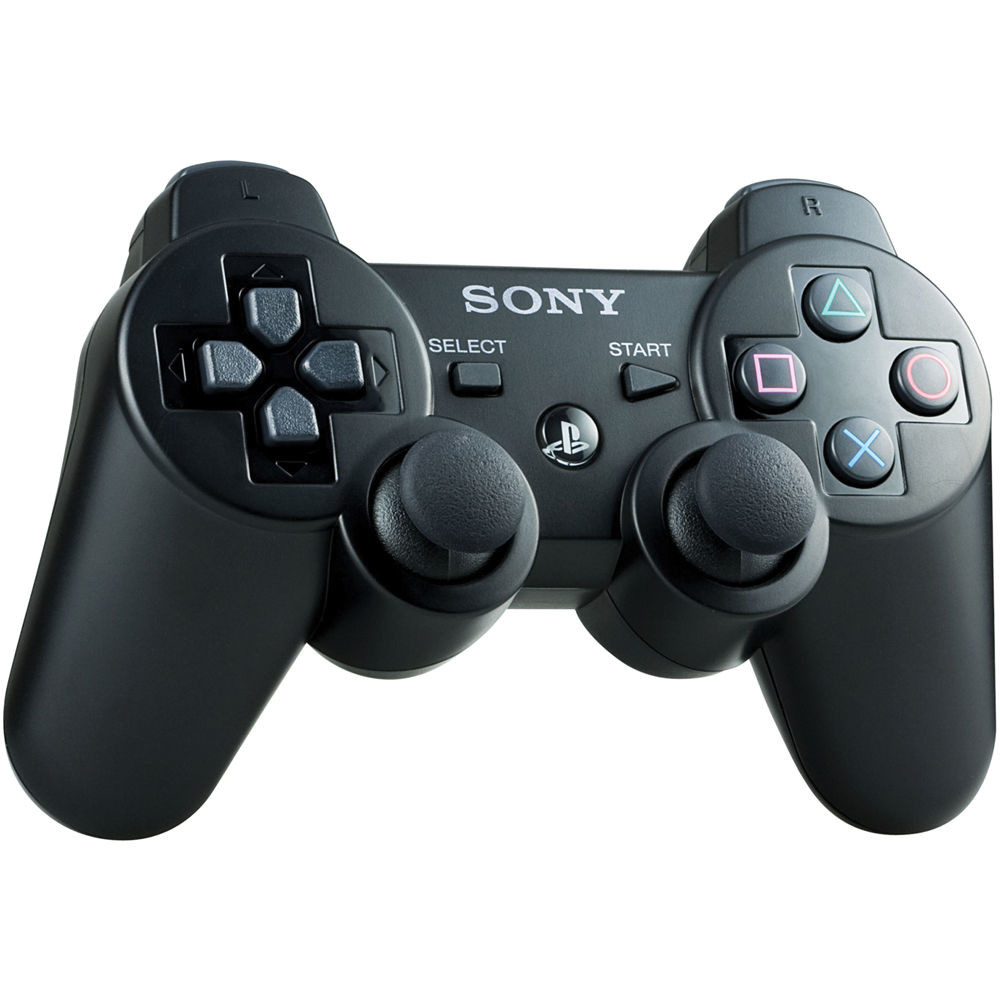
When Sony launched its PlayStation 3 it did so with two versions of the same peripheral. The original control, Sixaxis, did not have haptic vibration, but months later the version that did appear, the DualShock 3 that offered the configuration of D-pad, analog sticks and buttons and triggers very similar to that of its predecessors, but there were notable improvements in other sections.
Those sections were the detection of rotation and acceleration in any direction and, attention, the wireless support that freed us once and for all also in the PS3 of the cables natively.
That support for rotation and acceleration was not, however, fully exploited, especially since other gesture and movement recognition formats ended up triumphing in that scenario. Specifically, PlayStation Move and, of course, the aforementioned Wii Remote.
A separate mention would deserve the review received by its successor, the PS4 DualShock 4, which combined the traditional design with a touch surface in the center of the device that has nevertheless had modest acceptance by both developers and users.
Kinect and Broken Promises (2010)

Those of you who experienced the birth of Kinect are sure to be disappointed. Almost betrayed. I feel that way, because Kinect promised us everything that Wii offered, but above all it promised us to go much further. That promise was never kept, although it is true that that peripheral extended the life of the console more than would have been expected.
The Microsoft concept was one step ahead of what the Wii offered us. The Wiimote was no longer necessary, because our body and our hands were the command. The cameras built into the Kinect and special software made gesture recognition make sense in games very much like the Wii, but the idea was that its adaptation to more demanding video games was also possible.
Kinect problems and limitations soon made that impossible. We couldn’t become a fit Jedi, nor could we play FIFA as if we were on the field. We would have to settle for Kinect Adventures, something that hampered the advancement of a product that not only ended up disappointing Xbox 360 players: it caused the collapse of the Xbox One launch, because Microsoft forced them to buy it with a peripheral that not even in his second revision managed to solve those problems.
PlayStation Move, looking for a second chance (2010)
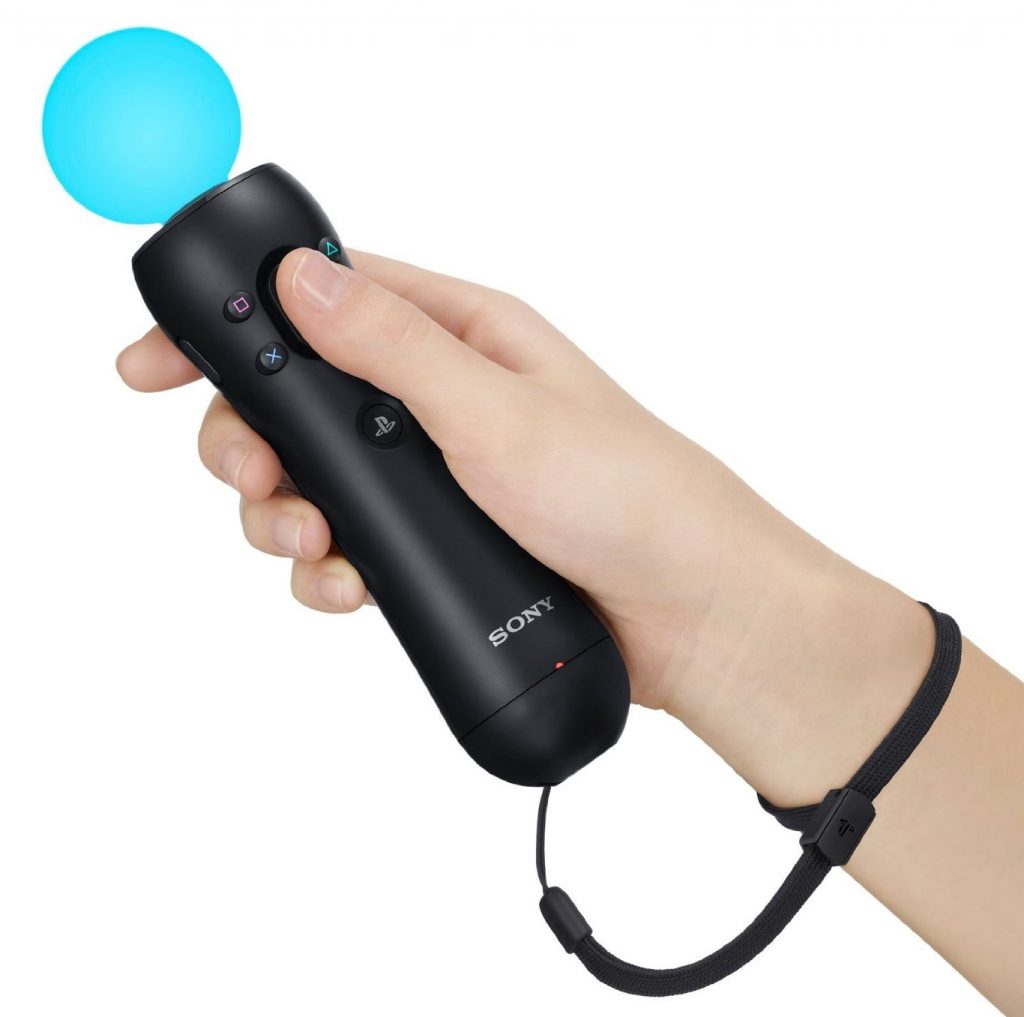
The success of the Nintendo Wii caused Microsoft and Sony to try to react to a market (that of the casual gamer) that was eluding them. Sony’s approach was much more similar to Nintendo than Microsoft’s, and the result of their efforts was PlayStation Move , which was combined, as in the case of the Wii, with a camera that recorded the movement of those curious controls with microphone shape.
The precision of the system seemed superior to what was achieved on the Wii, but that was not enough to get developers and the industry too interested in the device.
The failure of both Sony and Microsoft was that of not offering games for sale-consoles (or in this case, sell-peripherals) . Nintendo succeeded twice, first with the N64 and ‘Super Mario 64’, and then repeat success with the Wii and ‘Wii Sports’. Neither Kinect nor PS Move came out with a game that truly demonstrated their ambition and innovation, but Move has regained some prominence as part of PS VR, Sony’s recent move in the field of virtual reality.
Nintendo Switch and its Joy-Con as a new genius (2017)

Nintendo returned to the fray in March 2017 with a console as different as only Nintendo could offer: the Nintendo Switch wanted to unify the best of its two worlds and allow to enjoy the experience of a desktop console and a portable console in a single device. He did and continues to do so with a record-breaking Switch.
Part of that success is due to the unique and great Joy-Con, the controls that are attached and uncoupled to the sides of the screen and that allow us to enjoy these games both in those more mobile scenarios and in those in which we play in House. There are many legacies here, such as that arrangement of the ABXY buttons or the possibility of using Wiimote-type tapes so that the controls do not get out of hand.
The Joy-Con have their accelerometer and gyroscope to be used as motion controls , in addition to other elements such as the infrared sensor of the Joy-Con R (right) to help follow gestures or identify objects. And if you don’t like to use them separately, you can always couple them with accessories like the Power A – Grip Comfort to have a somewhat more traditional remote in your hands.
Microsoft and its Adaptive game console Controllers (2018)
The most recent surprise in this regard has come from Microsoft, which presented its Xbox Adaptative Controller in May 2018, a type of control aimed at people with limited mobility.
This new game console controllers departed from the traditional concept and relies on the use of two large main buttons, as well as a directional pad and some additional control keys.
The important thing is not only that, but the fact that it is possible to connect a large number of peripherals so that this experience effectively adapts to all types of users with disabilities in this area. A simply great idea.